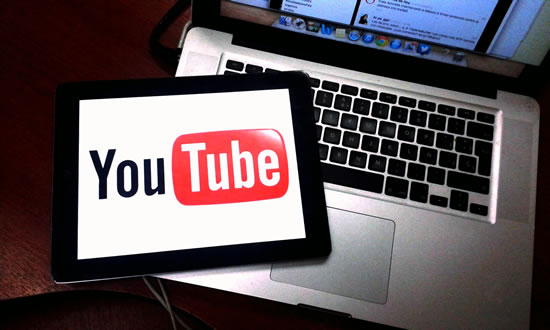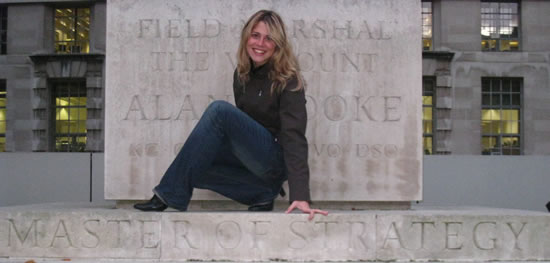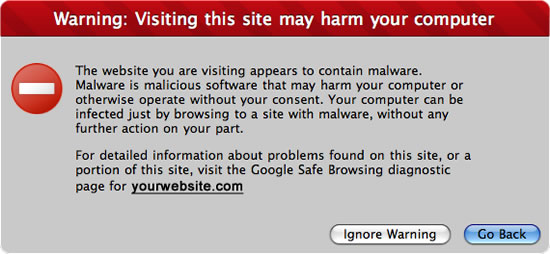 (Photo by Esther Vargas)
(Photo by Esther Vargas)
If you’ve worked hard to get your website ranked well in Google (or if you’re just starting out, and trying to get your website ranked highly), don’t forget to create a video for your business (even if your business isn’t highly visual or you are camera shy). While Google is the #1 search engine, the #2 search engine is YouTube! The following are some basic tips I suggest to my clients:
- Title. Treat your video’s title like you treat your home page’s title. You want a title that will entice someone to click on it and also support your website’s SEO (search engine optimization). Make sure that you use proper keywords in the title.
- Description. Like the title, you want the description to be a balance between human-enticing text and appropriate industry buzzwords. Your description should support your title and promise to the viewer (why should they watch it)? Be sure to include in your description a link to your website – since that will help your search engine ranking (a good “backlink”).
- Keywords. YouTube allows you to also describe your video using additional keywords. If you’re not sure what to use, start by looking at your competitor’s video keywords.
- Audio. If you can, use a microphone to reduce background noise. We forget that a poor looking video with good audio is watchable. A beautiful video with poor audio isn’t.
- Video. Unless you’ve hired a professional who knows better, use a tripod to ensure your video isn’t shaky.
If you’re marketing something high-end or with a high-aesthetic, hire a video professional to ensure that your video quality is consistent with your branding promise. Otherwise, your first video doesn’t have to be perfect. The goal is to showcases the experience a prospective client is likely to have with you.
No one will know how many times you goofed up in recording your video. Don’t be too hard on yourself on how you look or sound. Simply having a video is likely to set you apart from your competition.








